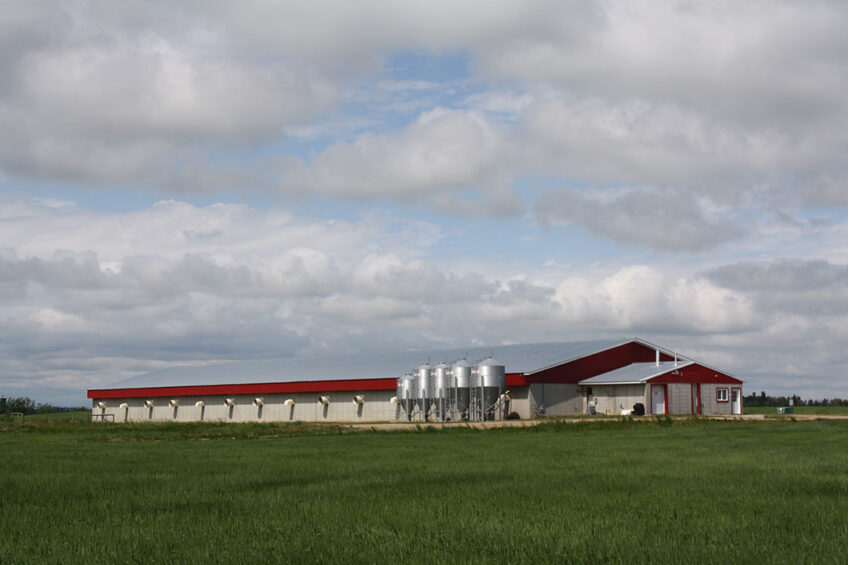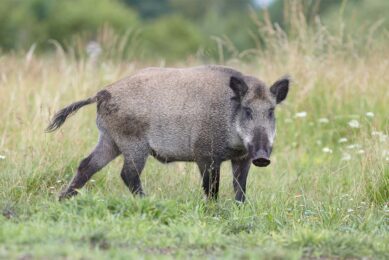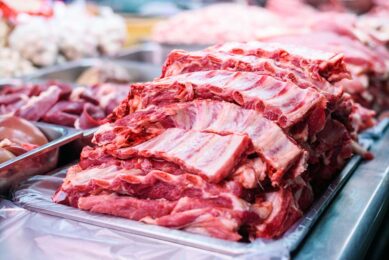Ensuring a future for Canada’s pig producers

As the number of independent (non-integrated) farms shuttering pig barns grows in Canada, it is wise to pursue crucial pricing negotiations more than ever.
Pig farmers in Canada have long been vulnerable to many factors, including swine influenza, PEDv and other diseases, trade wars with China – and most recently, Covid-19. In 2020, meat processing plants in both Canada and the US were temporarily shut down due to the pandemic, causing huge pig backlogs on farms and a crash in pig prices.
The Canadian Pork Council (CPC) took action on behalf of its producer members, asking the federal government for aid. Pig producers, the organisation pointed out, were losing over $ 30 CAD (€ 20) per finished pig, while weanlings in some cases had completely lost their cash value. No aid was ever provided.
Price of pork products remains steady
And, at the same time throughout 2020, the price of pork products remained steady. In an attempt to balance out the situation and ensure their profitability, Canadian pig producers have suggested a new pricing formula to better relate the weight of a finished pig to its cut-out value.
The CPC joined with Manitoba Pork and other pig industry associations in Western Canada to discuss changing the pricing formula with major processors. Some progress has been made with some companies, but others have not budged.
Pricing: a matter of processors and producers
The Canadian Meat Council (CMC), which represents processors of pork and other types of meat, has never been involved in price negotiations with producers. “CMC believes that pricing needs to be discussed between processors and producers individually, as many factors enter into consideration,” explained CMC communications director Marie-France Mackinnon.
“These include geographical location, individual economic processor situation with Covid-19 investments, full/partial/none ownership of pigs, current increase of costs to maintain business (e.g. mandatory HACCP requirement, Global Food Safety Initiative certification, retailers aggressively dictating business terms to food suppliers), amongst others.”
 Multi-pronged efforts
Multi-pronged efforts
To ensure the profitability of the Canadian industry as well, CPC is working with its provincial members and the federal ministry of agriculture (Agriculture & Agri-Food Canada) to make live hog prices more transparent across the country and to remove the misinformation that is currently being presented. “As part of this, we would like consistent reporting across Canada, rather than what we have now, which is price reporting in various provinces in the form of various formulas that don’t clearly reflect current market price,” explained CPC communications director Gary Stordy. “We would like it all streamlined and to eventually achieve a clear and consistent pricing information across the country.”
Made-in-Canada for pork products
Another aspect of pricing transparency is the fact that the pricing formulas used in Canada for contract negotiations mostly all have some basis in US formulas. Instead, a made-in-Canada formula, which reflects what’s happening in various export markets and not just the US market, would be more logical and fair to producers, said Stordy.
The CPC is also exploring making live hog market price reporting mandatory, which would help facilitate fair negotiations for producers, regardless of their size. “This has existed in the US for some time and it has worked for producers and processors,” said Stordy. “We believe it could work here as well, ensuring the entire industry can prosper going forward.”
 Beheer
Beheer










 WP Admin
WP Admin  Bewerk bericht
Bewerk bericht